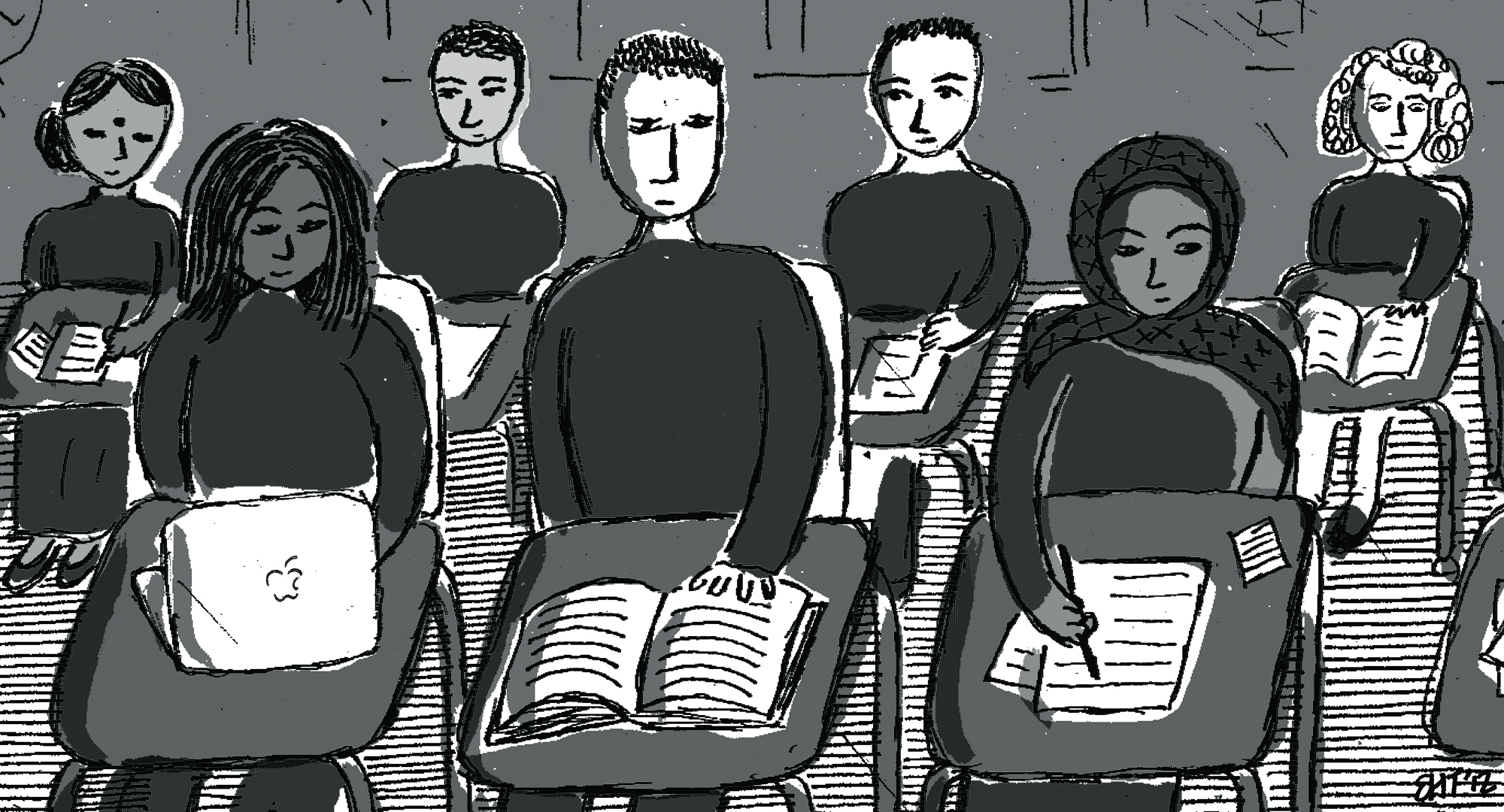Portland State and Portland Community College redefine their co-admission program
Are you one of the 40 percent? This is the amount of undergraduate students at PSU who started out at a community college.
Attending a community college sometimes seems to have a negative connotation, especially when compared with more “important” institutions of higher education like Portland State.
However, a large number of PSU students have also attended nearby community colleges, such as Portland Community College. Approximately 40 percent of PSU’s spring 2011 graduating class had also attended a community college prior to the completion of their degrees.
PSU, on the other hand, has recently renewed its co-admission program with PCC in order to continue providing the same benefits for any PSU or PCC undergraduate attending both institutions simultaneously.
PSU has similar agreements with Chemeketa Community College, Clackamas Community College, Clark College, Clatsop Community College and Mount Hood Community College. These are all community colleges in Oregon and Washington.
PCC has similar agreements with Oregon State University, Oregon Institute of Technology, Linfield College, Marylhurst, Concordia University and Western Governors University, in addition to PSU.
In 2001, the PSU-PCC co-admittance program was founded, mostly upon the realization that a good number of students were enrolled in both institutions. The students were left to navigate the resources and benefits offered at both schools on their own in order to achieve what they thought best.
To help remedy this, PSU and PCC created a program to add some coordinated support to the hectic, co-enrolled life of those students. The goal was to make it easier for them to work toward a bachelor’s degree from PSU.
7,204 students have been co-admitted to PSU and PCC Since 2001. Of these, 2,748 have graduated with a degree from PSU. Last fall alone, 1,057 students transferred from PCC to PSU.
Some of the new benefits have been needed for some time. For example, a student attending classes at both PSU and PCC is now fully eligible to live in PSU’s student housing. This was not always the case. One must be enrolled in 12 credits or more in order to live in a PSU dorm, and prior to now the credits all needed to be taken at PSU.
Co-admitted students are now able to apply for university housing despite the fact that not all of their credits may be taken at PSU. Admittedly, this is on a space-available basis, but it is still something.
Other resources at PSU are also available for PCC students, such as the use of the Center for Student Health and Counseling and insurance coverage by PSU’s basic health insurance plan, but only if they are taking the requisite number of credits required (four credits per term for undergraduates).
But the real benefit of the co-admission program—and what is most attractive to many students—is how much sense it makes, financially speaking, for students to attend both a community college and a university.
If a student is only taking lower-division courses, they can take them at PCC for thousands of dollars less per year. They can also continue to receive financial aid from PCC if they do this. One can save plenty of money by taking their classes at PCC if they count toward their bachelors’ degree.
You may be wondering why co-admission is so helpful to students if fewer than half of the registered co-admitted students have earned bachelor’s degrees from PSU since the start of the program. Approximately 38.2 percent of co-admitted students have earned their bachelor’s from PSU.
However, according to the Oregon University System, a freshman who enters PSU without attending a community college first actually has a slightly smaller chance of graduating within six years.
Approximately 37.9 percent graduated with a bachelor’s in 2003. Although there are not numbers available for the years following this, this number was actually part of a downward trend.
The fact is that if even one student reaps the benefits of co-enrollment, it is a useful program. Chances are that Of the 2,748 students who have transferred to PSU and earned a degree because of this program, some would not have earned that degree when they did were it not for the co-admission program.
It seems that many more students can benefit from the handful of co-admission programs between PSU and other community colleges. The changes made to the arrangement between PCC and PSU could be the start of something fantastic.
Co-admission as a whole seems beneficial to students all over the country. The Rhode Island School of Design and Brown University have a co-admission program that allows the admitted students to take classes at both institutions simultaneously and even earn two degrees at the same time.
The trick however, is that the students wanting to partake in this program need to get into both RISD and Brown, both of which are prestigious institutions that do not accept students lightly.
Though one does not get two degrees by attending a university and a community college at the same time, the benefits of co-admittance to PSU and PCC are just as tangible. Prospective students now have the option of completing one application for attending PCC and PSU simultaneously.
Because of the co-admission program, PCC students have the opportunity to study while resting assured that they will have a seat waiting for them at PSU. Those wishing to get a degree from PSU can therefore save money, possibly live on campus and benefit from greater convenience overall.
It’s not always easy to get a college education, and good employment is hard to come by without a degree. The fact that PSU and PCC are working to make it possible for as many students as possible to earn degrees is something to be applauded.




